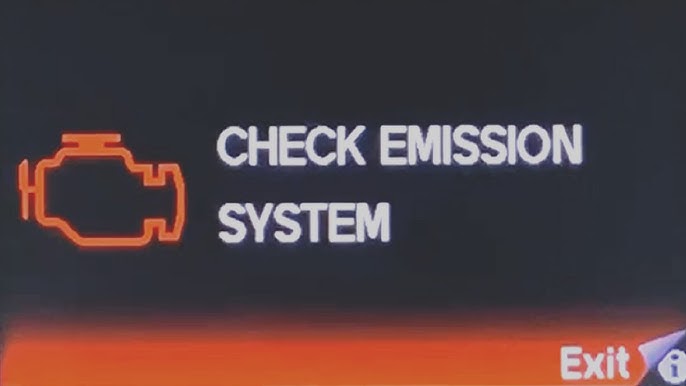Experiencing issues with your Honda Accord’s emissions system can be both frustrating and concerning. These problems usually stem from malfunctions in the emissions control components, affecting your vehicle’s efficiency and environmental footprint. Knowing the root causes and possible fixes can help you resolve the issue efficiently. Keep reading to explore practical solutions that can help get your car running smoothly again.
Frequent Emission System Issues and Warning Signs
Understanding common emissions-related problems in your Honda Accord is essential for timely maintenance. Identifying these issues early can prevent more severe damage and help keep your car running efficiently. Below are some of the most frequent causes of emission system problems and their associated warning signs.
Oxygen Sensor Malfunctions
The oxygen sensor, also known as the O2 sensor, monitors the oxygen levels in the exhaust gases. A faulty sensor can disrupt the air-fuel ratio, causing poor fuel economy, excessive emissions, and reduced engine performance.
One common sign of oxygen sensor failure is the activation of the emissions warning light. You may also notice a drop in fuel efficiency, requiring more frequent refueling. A diagnostic scan tool can help confirm the issue by displaying relevant trouble codes.
Catalytic Converter Failures
The catalytic converter is a crucial component responsible for reducing harmful pollutants before they exit the exhaust system. If it becomes clogged or damaged, your vehicle’s performance may suffer, and emissions levels will increase.
Symptoms of a failing catalytic converter include a noticeable decrease in power, increased fuel consumption, and the check engine light illuminating. Ignoring this issue can lead to failed emissions tests and further damage to the exhaust system.
EGR Valve Issues
The Exhaust Gas Recirculation (EGR) valve helps reduce nitrogen oxide emissions by redirecting a portion of exhaust gases back into the combustion chamber. If this valve fails, the engine may idle roughly, hesitate during acceleration, or even stall.
A malfunctioning EGR valve can also trigger the check engine light. Using an OBD-II scanner can help diagnose the exact problem, making it easier to address before it leads to more severe engine performance issues.
Steps for Diagnosing Emission System Problems
Properly diagnosing emissions system problems in your Honda Accord can save time and prevent costly repairs. By learning how to interpret trouble codes, using diagnostic tools, and understanding warning signs, you can take proactive steps toward resolving the issue.
Understanding Trouble Codes
When your vehicle’s emissions system encounters a fault, it generates a diagnostic trouble code (DTC). These codes help pinpoint specific malfunctions in components such as the oxygen sensor, catalytic converter, or mass airflow sensor.
Using an OBD-II scanner to retrieve these codes provides valuable insight into the problem. Once obtained, referencing a repair manual or online resources can help you understand the necessary fixes.
Effective Solutions for Emissions Problems
Addressing emissions issues early can help maintain your Honda Accord’s performance and fuel efficiency. Whether it’s replacing faulty sensors or resolving EVAP system issues, proactive maintenance is key.
Replacing Oxygen Sensors and Catalytic Converters
A faulty oxygen sensor can significantly impact emissions levels and fuel efficiency. Replacing it when necessary restores proper air-fuel balance and prevents engine performance issues.
Similarly, a damaged catalytic converter should be replaced to avoid increased pollutants and reduced engine efficiency. Signs such as engine misfires, sluggish acceleration, and unusual odors indicate the need for immediate attention.
Preventive Maintenance for a Healthy Emissions System
Maintaining your Honda Accord’s emissions system requires regular check-ups and smart driving habits. By performing routine maintenance and monitoring warning indicators, you can ensure your vehicle runs efficiently and stays environmentally friendly.
Routine Inspections and Care
Regular inspections of critical components such as oxygen sensors, catalytic converters, and the EGR valve can help detect issues before they escalate. Replacing air and fuel filters as needed also improves efficiency.
By staying proactive with emissions system maintenance, you can extend the lifespan of your Honda Accord and contribute to a cleaner environment.

